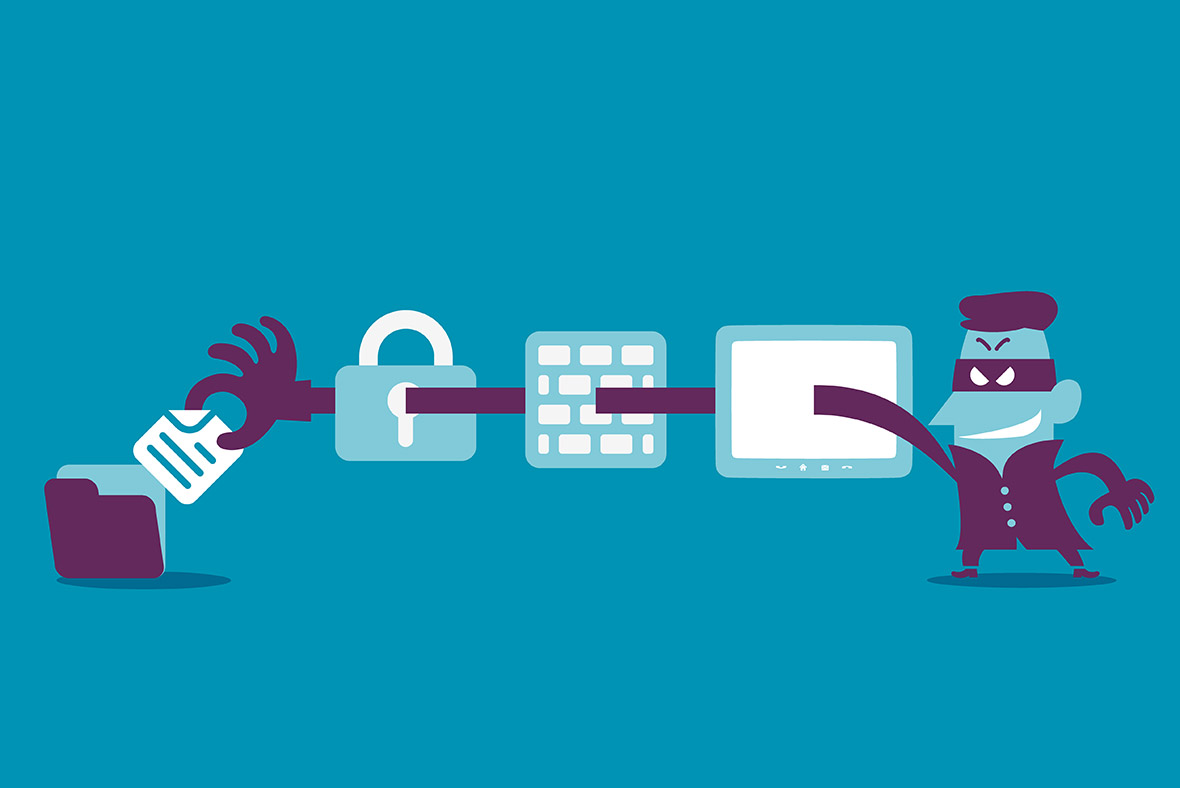Are you already infected?
 Symptoms of having Malware
Symptoms of having Malware
- Increased CPU usage
- Slow computer or web browser speeds
- Problems connecting to networks
- Freezing or crashing
- Modified or deleted files
- Appearance of strange files, programs, or desktop icons
- Programs running, turning off, or reconfiguring themselves (malware will often reconfigure or turn off antivirus and firewall programs)
- Strange computer behavior
- Emails/messages being sent automatically and without user’s knowledge (a friend receives a strange email from you that you did not send)
Malware Prevention and Removal
There are several general best practices that organizations and individual users should follow to prevent malware infections. Some malware cases require special prevention and treatment methods, but following these recommendations will greatly increase a user’s protection from a wide range of malware:
- Install and run anti-malware and firewall software. When selecting software, choose a program that offers tools for detecting, quarantining, and removing multiple types of malware. At the minimum, anti-malware software should protect against viruses, spyware, adware, Trojans, and worms. The combination of anti-malware software and a firewall will ensure that all incoming and existing data gets scanned for malware and that malware can be safely removed once detected.
- Keep software and operating systems up to date with current vulnerability patches. These patches are often released to patch bugs or other security flaws that could be exploited by attackers.
- Be vigilant when downloading files, programs, attachments, etc. Downloads that seem strange or are from an unfamiliar source often contain malware.
Read about Malware at our Blog!




Comments
Post a Comment